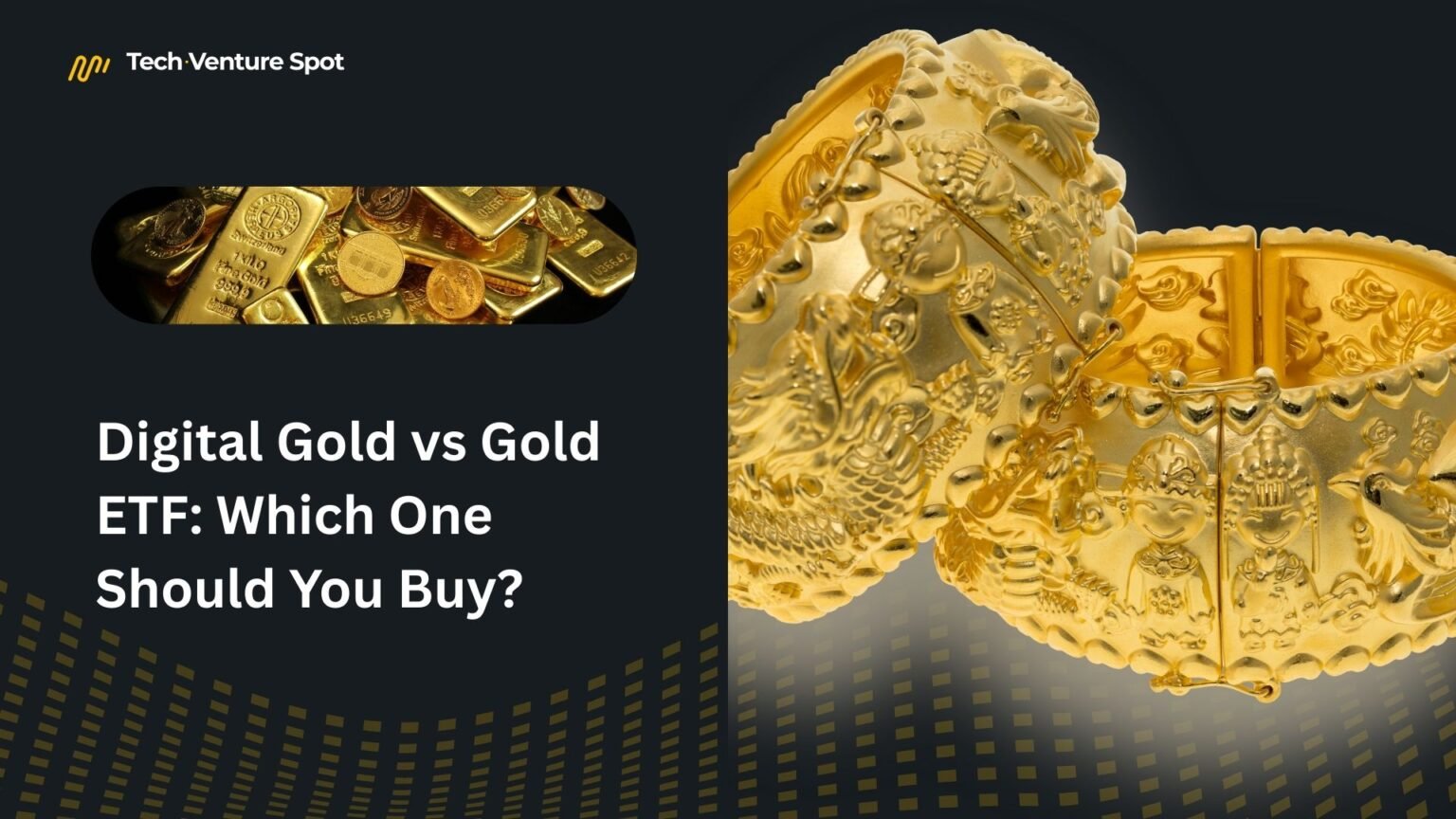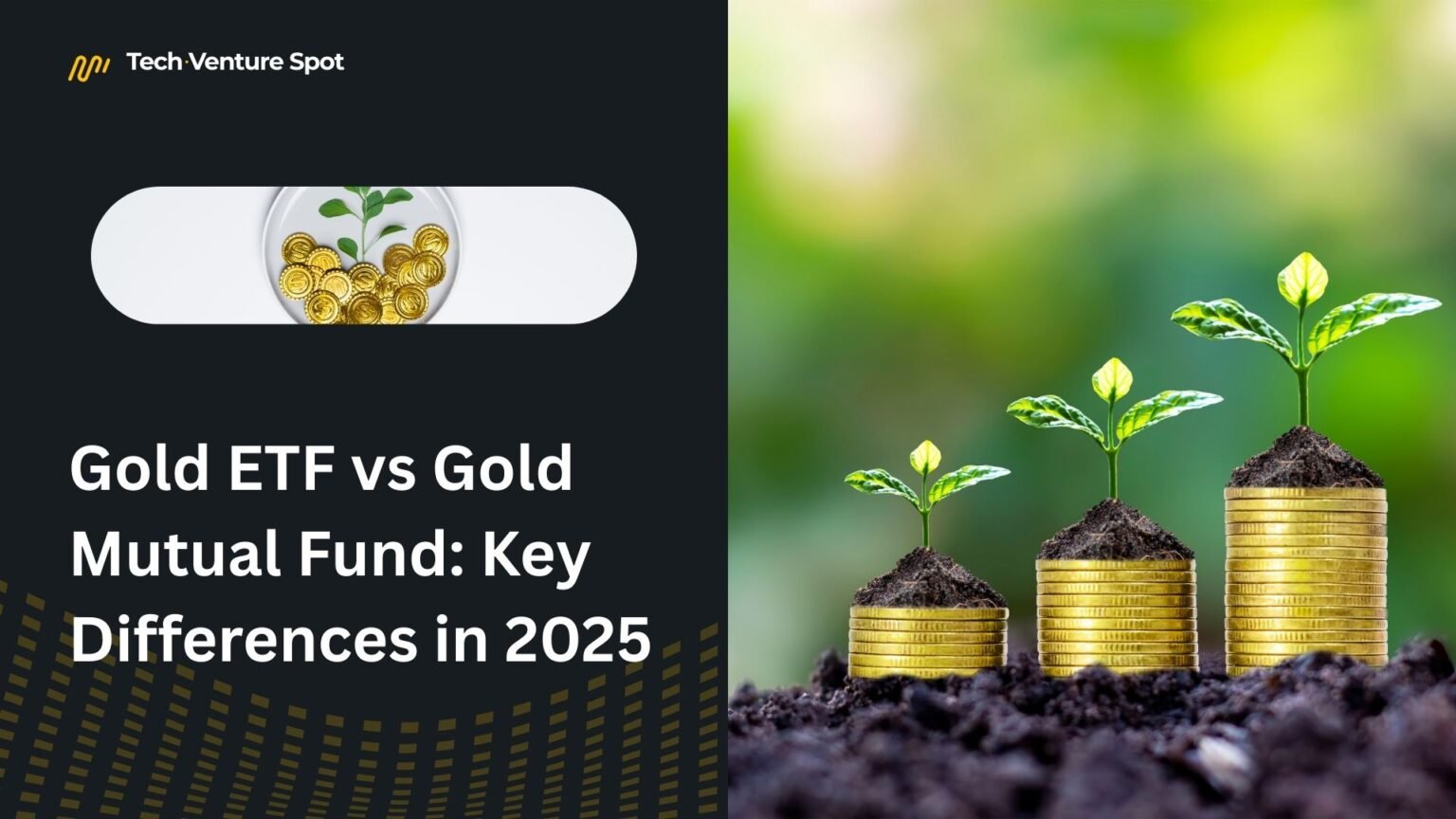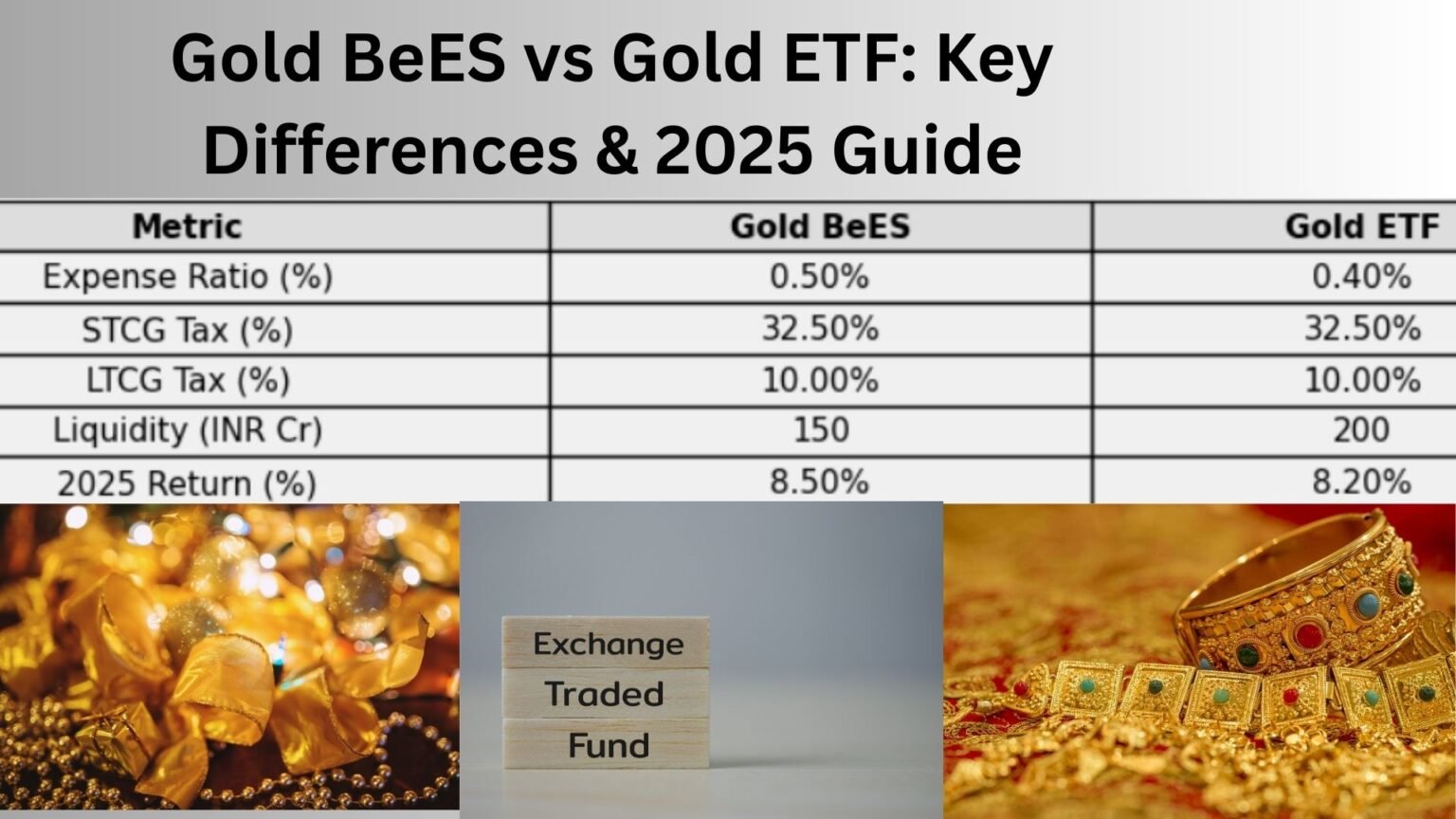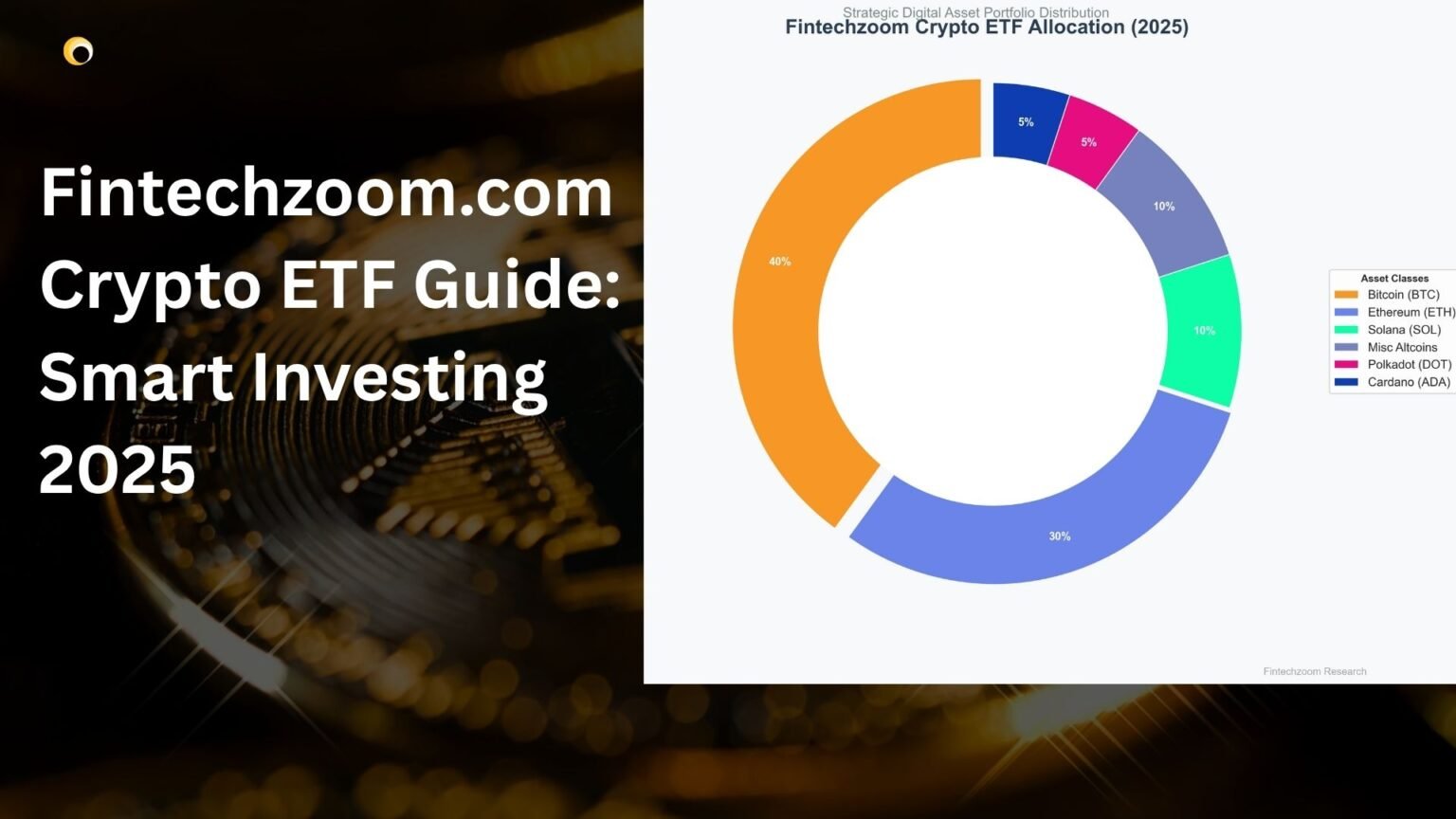Vanguard High Dividend Yield ETF (VYM): A Deep Dive
The Vanguard High Dividend Yield ETF (VYM) is a well-regarded choice for investors who want an inexpensive, diversified portfolio of large U.S. stocks known for paying higher-than-average dividends.
It tracks the FTSE® High Dividend Yield Index, boasts an extremely low 0.06% expense ratio, and currently offers a compelling yield in today's market.
Why VYM Matters Today
Wide Exposure
Diversified across 580+ U.S. large-cap firms.
Income Emphasis
Focuses on companies with a history of paying above-average dividends.
Cost Advantage
An ultra-low expense ratio of just 0.06%.
Key Points at a Glance
| Ticker (NYSE Arca) | VYM |
| Inception Date | November 10, 2006 |
| Benchmark Index | FTSE High Dividend Yield Index |
| Expense Ratio | 0.06% |
| 30-Day SEC Yield | 2.57% (as of 06/30/2025) |
| Fund Assets | $75.6 B total net assets |
| Number of Holdings | 582 |
| Risk Level (1-5 scale) | 4 |
Portfolio Make-up & Top Holdings
VYM's industry weights are similar to the broad market but are tilted towards sectors known for strong dividend payouts, like Financials and Consumer Staples.
Industry Weighting
Top 10 Investments
| Holding | % of Fund |
|---|---|
| Broadcom Inc. (AVGO) | 6.45% |
| JPMorgan Chase & Co. (JPM) | 4.08% |
| Exxon Mobil Corp. (XOM) | 2.37% |
| Walmart Inc. (WMT) | 2.15% |
| Procter & Gamble Co. (PG) | 1.90% |
| Johnson & Johnson (JNJ) | 1.86% |
| Home Depot Inc. (HD) | 1.85% |
| AbbVie Inc. (ABBV) | 1.67% |
| Bank of America Corp. (BAC) | 1.64% |
| UnitedHealth Group Inc. (UNH) | 1.44% |
Performance and Fees
VYM has delivered consistent total returns over time, closely tracking its benchmark index while keeping costs at a minimum.
Average Annual Returns (NAV)
Expense Ratio Comparison
| ETF | Expense Ratio |
|---|---|
| VYM | 0.06% |
| Mean for Large-Value ETFs | ~0.88% |
Pros and Cons
Good Points
- Extremely low cost (0.06% expense ratio)
- Wide broad-market large-cap exposure
- Proven Vanguard indexing expertise
- Tight bid/ask spreads and deep liquidity
Cons
- Sector weights can be heavy in tech and financials
- Dividend yield (~2.6%) is below some specialty funds
- Passive strategy may underperform active management
How VYM Functions in a Portfolio
VYM is an excellent candidate for the "core income" slot in a diversified ETF portfolio. The allocation can be adjusted based on individual risk tolerance and income needs.
Sample Portfolio Allocation
| Portfolio Slot | ETF Ticker | Target Allocation |
|---|---|---|
| U.S. Equity Core | VOO (S&P 500) | 50% |
| Growth Tilt (Tech) | QQQ (Nasdaq) | 30% |
| Income Core | VYM | 20% |
Final Thoughts
For investors seeking a blend of strong returns, stability, and steady income, the Vanguard High Dividend Yield ETF (VYM) is a powerful tool. Its low expense ratio, broad diversification, and solid performance history make it a superb fit for both seasoned dividend investors and those building a low-cost, diversified core portfolio.
Frequently Asked Questions (FAQs)
VYM is an exchange-traded fund that tracks the FTSE High Dividend Yield Index. It provides exposure to a diversified portfolio of large U.S. companies that are expected to have higher-than-average dividend yields. It is a fully replicating index fund with over 580 holdings and an ultra-low expense ratio of 0.06%.
VYM pays out four times per year. On June 30, 2025, its 30-day SEC yield was 2.57%, which implies that you can anticipate having a fairly similar level of yearly profit, assuming the same yields and holdings.
Since VYM has the tilt mainly to equities, it is subject to stock-market volatility. There is a 4 out of 5 risk/reward scale as well, meaning you will gain the reward of income and growth, but be ready to experience price fluctuations, particularly during bear markets.
VYM differs in its investing strategy from bond ETFs (ETFs that invest in debt instruments) since it invests in dividend-paying stocks. It is more prone to provide greater long-term total returns but invests in a more volatile manner as compared to bond funds. As it stands today, its yield is usually better than core bond ETFs and not quite as steady as the fixed-income products.
Yes. VYM's high yield, diversified nature, and low cost, make it an appropriate income sleeve in a long-term retirement portfolio. It can be smoothed down along with bond or cash holdings to counter the ups and downs of equity drive.
Since VYM is better suited to be traded as a stock, it can be purchased in any quantity as small as one share by any brokerage and does not have any large lump-sum buy-ins. You will have to pay no less than market price per share and trading commissions (where present).






